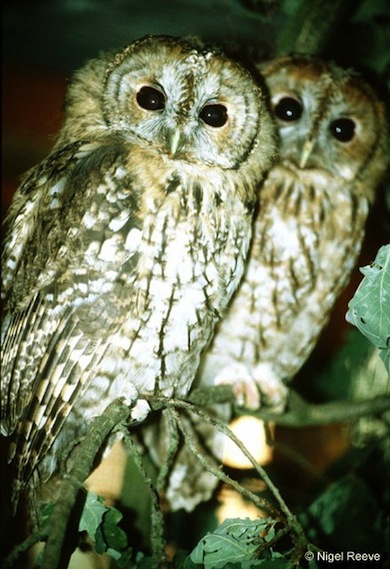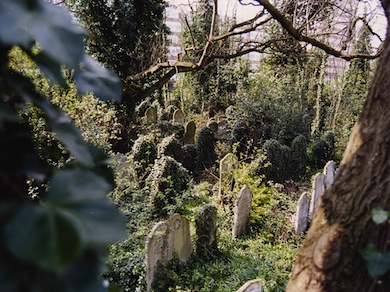Opened in 1841, this large Victorian cemetery today consists mostly of regenerated woodland (ie. that which has regrown on previously cleared areas). The woodland is mainly of sycamore and ash, with smaller areas of scrub, grassland and several ponds. It forms by far the largest wood in a densely urban area of London, presenting few opportunities for enjoying the natural world.The cemetery is managed in sectors – parts are left as wilderness, while others are used for environmental education (such as the two ponds). There is an extensive path network to take you round the site. The cemetery is a Grade II listed monument and a Local Nature Reserve. It is co-managed by Tower Hamlets Council with active help from the Friends of Tower Hamlets Cemetery. The park is open daily from dawn till dusk. A Capital Woodlands project site.
Local Wildlife Site
Accessible Sites of Importance for Nature Conservation
Tower Hamlets Cemetery Park & Ackroyd Drive Green Link
Borough: Tower Hamlets
Grade: Metropolitan
Access: Free public access (all/most of site)
Area: 12.48 ha
Description
Wildlife
A wide range of plant life is found here, including both native and introduced plants.36 bird species have been spotted in the Cemetery, and among the breeding birds are tawny owl, spotted flycatcher, stock dove and sporadically, bullfinch.The site also supports a wide range of insects, including 32 recorded species of butterflies and a large number of species of flies, hoverflies and bees.Facilities
The Soanes Environmental Centre is an important interpretative and educational facility providing tuition to schools and community groups; toilets; waymarked trails; secure storage for personal belongings; picnic areas; sculptures/monuments.
Roosting tawny owls © Nigel Reeve

View of Tower Hamlets Cemetery © Terry Lyle
Feedback
Have a question or a comment for this site, or notice anything missing or out of date? Please contact us.
